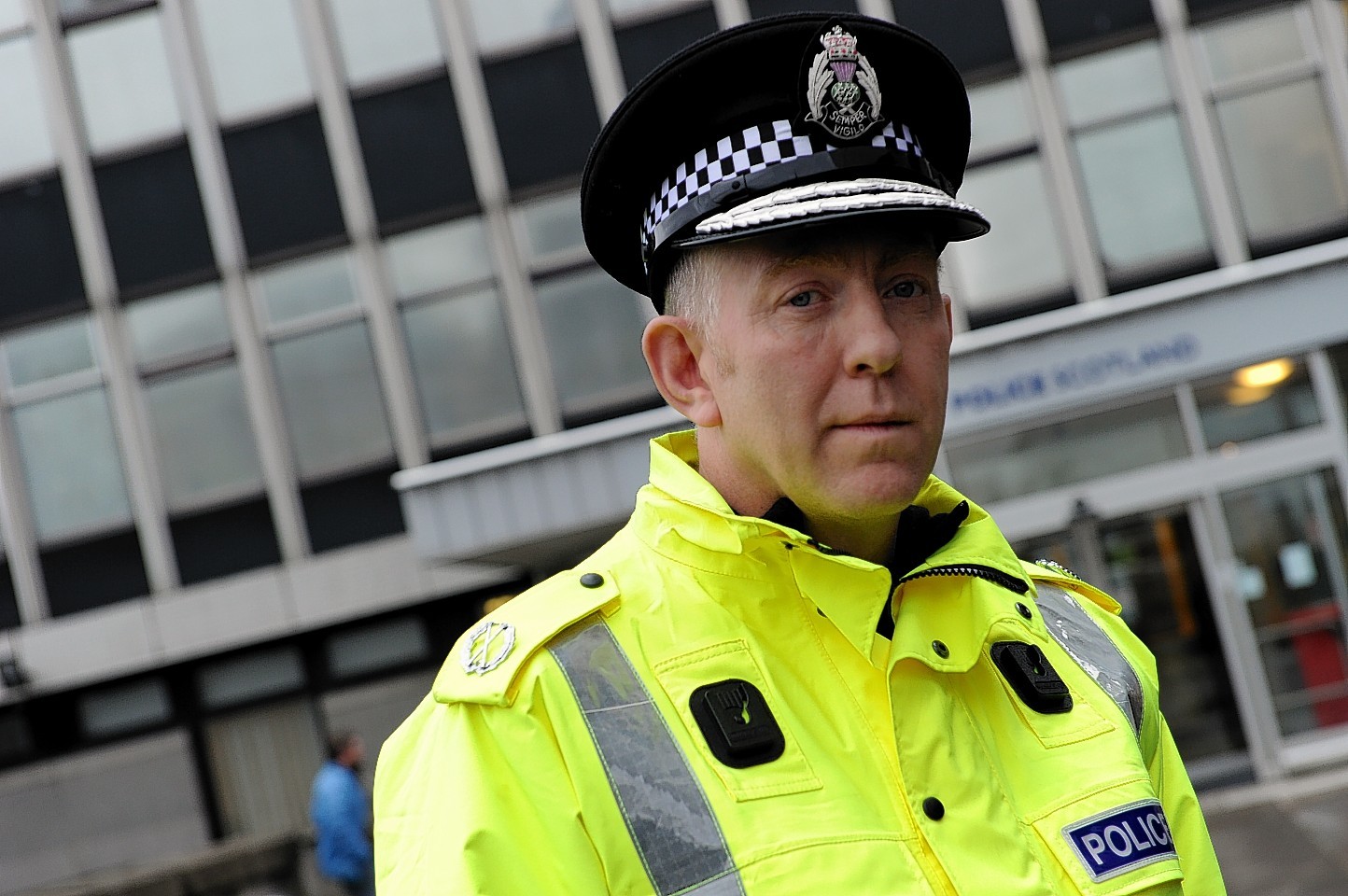A senior police officer, who led the investigation into the Super Puma helicopter tragedy in 2009, has been appointed divisional commander for Aberdeenshire and Moray.
Chief Superintendent Campbell Thomson, who was in charge of Scotland’s first national murder squad, will take over the reins from Mark McLaren, who is retiring after more than 30 years of service.
Mr Thomson previously served as assistant chief constable in the north command area, which stretches across the north-east, Highlands and Dundee.
Originally from Lossiemouth, he joined Grampian Police in 1990 at the age of 24, leaving behind a career as a fisherman in Peterhead after the local industry went into decline.
He was promoted to CID in 1995, working in Peterhead and Fraserburgh, where he dealt first-hand with investigations into crimes such as house-breakings, drug offences, robberies and violence.
Mr Thomson rose up through the ranks and eventually headed the CID unit before the Grampian force was dissolved with the creation of Police Scotland in 2013.
He was senior investigating officer in the wake of the Super Puma Crash in 2009 – in which 16 people lost their lives when their helicopter crashed into the North Sea off the coast of Aberdeen.
In April 2013, he was put in charge of the investigation of all homicides and serious crimes as part of Police Scotland’s new specialist crime division.
Most recently, in January last year, Mr Thomson was made of one of six assistant chief constables, under the guidance of Chief Constable Sir Stephen House.
Speaking yesterday, he stressed his commitment to community-based, local policing.
He said: “I am delighted to take on the role of divisional commander for Aberdeenshire and Moray.
“Local policing is at the heart of what we do and I look forward to building on the very positive partnership working already established as we collectively strive to improve the service we provide to our communities.”
